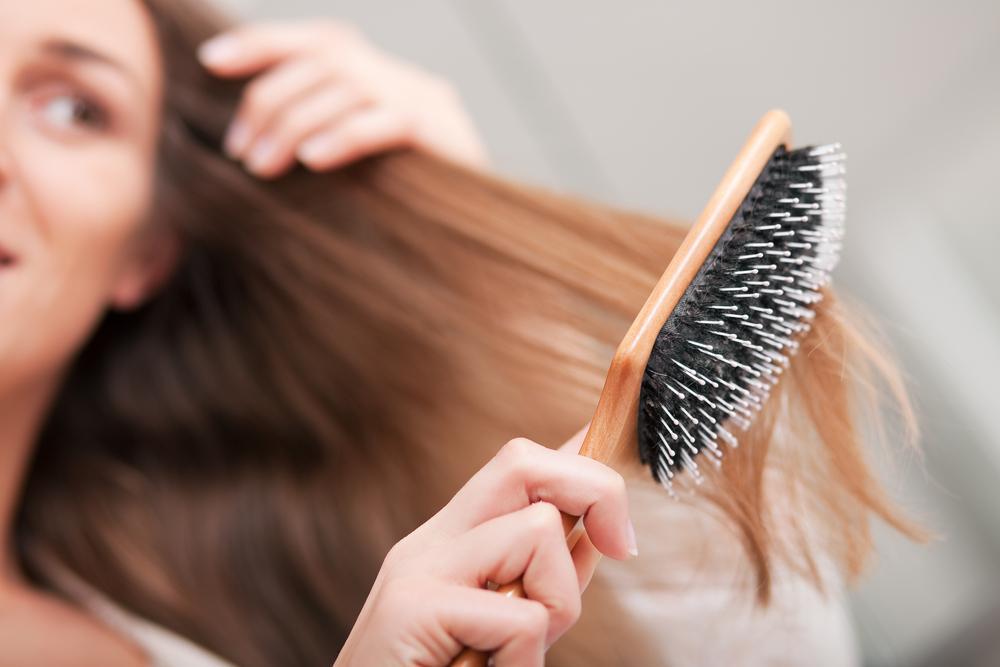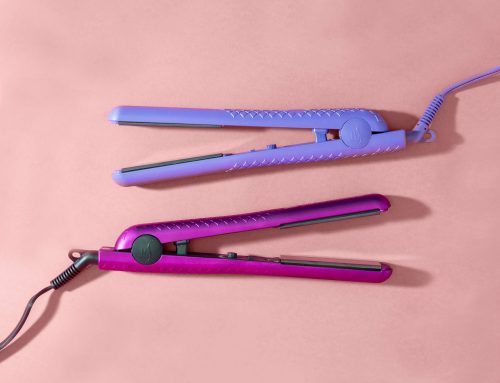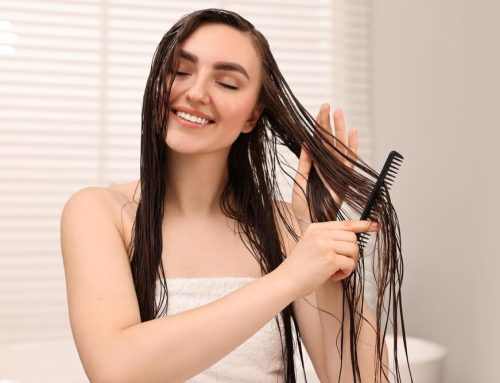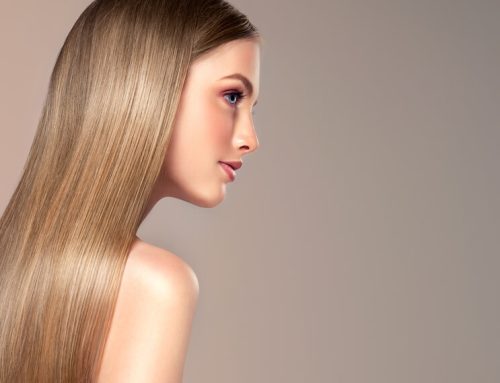Practically everyone has heard, at one time or another, about the age-old hair care practice that advises women who want to have the most healthy, beautiful tresses to brush their hair 100 strokes every day. So, for generations untold, obedient followers would make the 100 brush strokes a standard component of their bedtime preparatory routine, fully believing that by doing so, they were giving their hair the very best advantage. Now, here we are, in the information age, only to face the disproving of yet another story our elders passed along to us, with the best of intentions. You may have been among the devoted number of women who have faithfully brushed, day after day, those 100 or more strokes–even believing a “more would be better, right?” Theory. So again, here’s another example of converse coming to play, with the realization of how hair brushing should be kept to a bare minimum, to prevent extensive hair damage and excessive split ends. Less, in this case, is decidedly more.
Times Have Vastly Changed
During the days when brushing 100 strokes on a daily basis prevailed–and as a result, proliferated among the common folk–things were a lot different, all the way around, with harsh, filmy and mostly homemade soap being the standard hair washing product. Combine this with what would be regarded as a revolting low wash-frequency averaging once monthly, and there’s no comparison found for today’s fashionistas’ standards. This makes it becomes difficult to imagine what everyone’s hair looked like, the vast limitations they must have faced in styling it, as well as what had to have been a common odor permeating from heads of the times. Envision, just based on the exact head/hair smell being a good indicator of how long it had been since a person had last washed their hair. OK, enough. And you know there are those among us who continue to practice a similar volume of hair attention, but with no valid excuses, at all.
Different Strokes for Those Different Folks
Sorry–the pitiful pun was unavoidable here. But it’s true–Those very different times (and surely different people in many ways,) and due to the infrequency of wash sessions for hair, other methods of hair care became necessary as means of just getting by, between shampoos. Some committed brushing effort was needed to rid the hair of dust, debris and dead skin cells at the scalp level. Ramped-up brushing prevented the natural oils of the hair from all concentrating down at the roots, as it managed to pull them out to more adequately cover more of the hair strands. And, everyone knows that dirty hair has a way of becoming more tangled, more frequently, so brushing would reduce the real risk of serious tangles requiring removal-by-scissors.
One Brush Type Does NOT Fit All
The type of brush you use totally depends on your specific hair type. Brushes made of boar bristles are highly effective at distributing sebum–your scalp’s naturally-produced oil hair protectant, but you just can’t use a boar bristle brush on every hair type. Many a well-intentioned hair care shopping spree has included the purchase of a nice, somewhat pricey, boar-bristled brush that, once home and tried, flatly failed.
The Pure Boar-Bristle Brush–Medium to Firm
Best for fine to normal types of hair, these brushes offer the most thorough brushing of all types. The problem is that they are not capable of effectively getting through really thick or coarse hair. They’re great at thoroughly lifting away foreign matter like dirt and dust, and do a fantastic job of distributing your scalp oil out to the ends of your hair.
The Pure Boar-Bristle Brush–Soft
These brushes are wonderful for protecting delicate hair, hair that has been chemically processed or otherwise compromised or damaged. They will only work on thin hair that’s not overly coarse, but they do a great job on the hair types they can help. Brush in a manner that will stimulate circulation at the scalp and invigorate the hair follicles.
The Nylon-Bristle Brush
A nylon bristle brush is the only way to effectively get through thicker, or coarse hair without experiencing tons of frustration. It’s what’s needed in order to penetrate through from top to bottom of tresses. These look and function much like their natural-bristle counterparts, but they have the necessary stiffness for thick, coarse hair.
The Blended Bristle Brush
These bristle blends offer the best of both worlds, with more strength and tangle control from the nylon component, and more thorough care and scalp TLC from the natural boar bristles.
Wooden-Bristle Brushes
These brushes are amazing to look at and to use! They’re ideal for penetrating through the thickest coarsest tresses–and best of all–they’re THE go-to for all curl types, with their myriad of unique challenges. The more problematic your hair to brush, the wider apart you want those wooden bristles to be spaced.






Leave A Comment